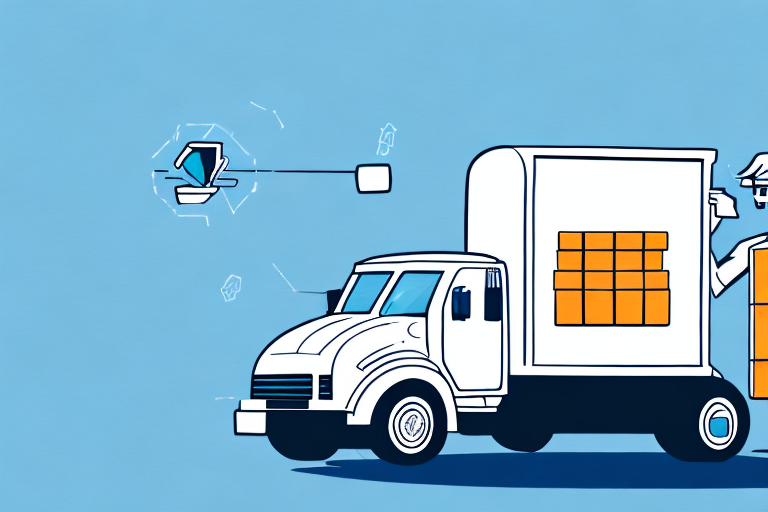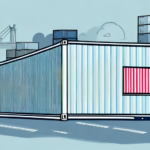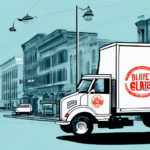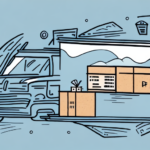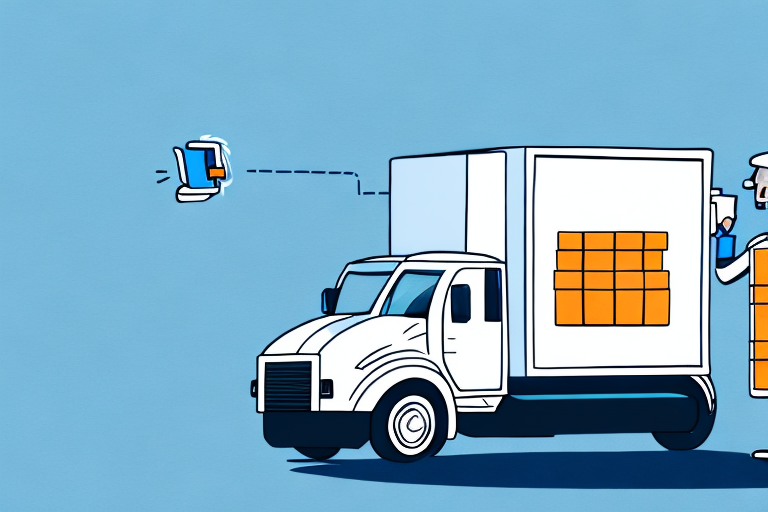Introduction to Proof of Delivery
In today's digital age, effective logistics management is paramount for businesses aiming to ensure timely and accurate delivery of goods and services. Proof of Delivery (POD) has become an essential tool in this regard, providing a verifiable record that a customer has received their order. This article delves into the intricacies of Proof of Delivery, exploring its benefits, various types, legal implications, and the reasons why businesses should adopt it to enhance operations, boost customer satisfaction, and leverage data for continuous improvement.
Types and Technologies of Proof of Delivery
Electronic Proof of Delivery
Electronic POD solutions utilize digital tools such as barcodes, QR codes, digital signatures, and GPS tracking. These technologies enable businesses to access delivery data in real-time, enhancing monitoring and accuracy. For instance, GPS tracking allows companies to trace the exact location of shipments, ensuring they reach their destinations on time.
Manual Proof of Delivery
Despite the rise of digital solutions, manual POD methods remain relevant in certain industries. This involves handwritten signatures or other non-digital confirmation methods. Industries like healthcare often require manual signatures to confirm the delivery of sensitive medical supplies. Additionally, in regions with limited internet connectivity, manual PODs are sometimes the only feasible option.
Hybrid Approaches
Some businesses adopt a hybrid approach, combining both electronic and manual POD methods to cater to diverse operational needs and ensure flexibility in various delivery scenarios.
Legal Considerations of Proof of Delivery
POD plays a critical role in the legal landscape of business transactions. By providing a signed document or other verified confirmation, businesses can substantiate that goods or services have been delivered as agreed. This serves as essential evidence in disputing claims related to non-delivery or damaged goods.
- Protection Against Fraud: POD helps protect businesses from fraudulent claims where customers might allege non-receipt of goods.
- Compliance Requirements: Certain industries, such as pharmaceuticals and healthcare, mandate the retention of POD records for a specified duration to comply with regulatory standards.
- Contractual Obligations: POD serves as proof that contractual delivery terms have been met, thereby safeguarding contractual agreements.
Implementing Proof of Delivery in Your Business
Choosing the Right POD Solution
Selecting an appropriate POD system involves considering factors such as reliability, user-friendliness, platform compatibility, customization options, and cost-effectiveness. It's crucial to choose a solution that aligns with your business objectives and can seamlessly integrate with existing systems.
Key Features to Consider
- Real-Time Tracking: Enables businesses and customers to monitor deliveries in real-time.
- Data Security: Ensures that delivery data is protected against unauthorized access and tampering.
- Automation Capabilities: Reduces manual intervention, thereby minimizing errors and increasing efficiency.
- Analytics: Provides insights into delivery performance, helping businesses identify areas for improvement.
Implementation Best Practices
Successful implementation of a POD system requires a strategic approach:
- Define Objectives: Clearly outline what you aim to achieve with the POD system.
- Train Your Team: Ensure that employees are proficient in using the POD tools to maximize effectiveness.
- Continuous Monitoring: Regularly assess the system's performance and make necessary adjustments based on data insights.
Enhancing Customer Satisfaction with Proof of Delivery
Implementing a robust POD system significantly enhances customer satisfaction by providing transparency and reliability in the delivery process. Features such as real-time tracking allow customers to monitor their orders, reducing anxiety and improving their overall experience. Additionally, offering alternative delivery options, like pick-up points or locker boxes, caters to customer convenience and flexibility.
- Improved Transparency: Customers can see where their package is at any given time.
- Reliable Delivery: Ensures that goods are delivered accurately and promptly.
- Enhanced Communication: Automated updates keep customers informed about their order status.
Data Analysis and Optimization in Proof of Delivery
Digital POD systems generate a wealth of data that can be analyzed to optimize delivery operations. By examining metrics such as delivery times, routes, and product conditions upon arrival, businesses can identify inefficiencies and implement improvements. Data-driven insights facilitate better decision-making, leading to cost savings and enhanced operational efficiency.
Optimizing Delivery Routes
Analyzing delivery route data helps in identifying the most efficient paths, reducing travel time and fuel consumption. This not only cuts costs but also contributes to environmental sustainability.
Improving Delivery Times
Monitoring delivery times allows businesses to assess punctuality and make necessary adjustments to schedules or processes to ensure timely deliveries.
Enhancing Product Handling
Data on product conditions upon delivery can highlight areas where handling procedures can be improved to reduce damages and returns.
Real-Life Case Studies
Examining successful implementations of POD systems in various businesses provides valuable insights:
- Amazon: Leveraging a combination of automated lockers, 24/7 delivery services, and drone technology, Amazon has revolutionized the delivery experience, ensuring faster and more efficient service.
- FedEx: Utilizing advanced GPS tracking and electronic signatures, FedEx offers transparent and reliable delivery services, enhancing customer trust and satisfaction.
- ShipScience: By integrating comprehensive POD solutions, ShipScience has optimized its logistics operations, resulting in improved delivery accuracy and operational efficiency. Visit ShipScience for more information.
Conclusion
Proof of Delivery is an indispensable component of modern logistics management. It not only ensures accurate and timely delivery of goods but also enhances customer satisfaction, provides essential legal safeguards, and offers valuable data for operational optimization. By implementing a reliable POD system, businesses can streamline their delivery processes, reduce costs, and gain a competitive edge in the marketplace.













